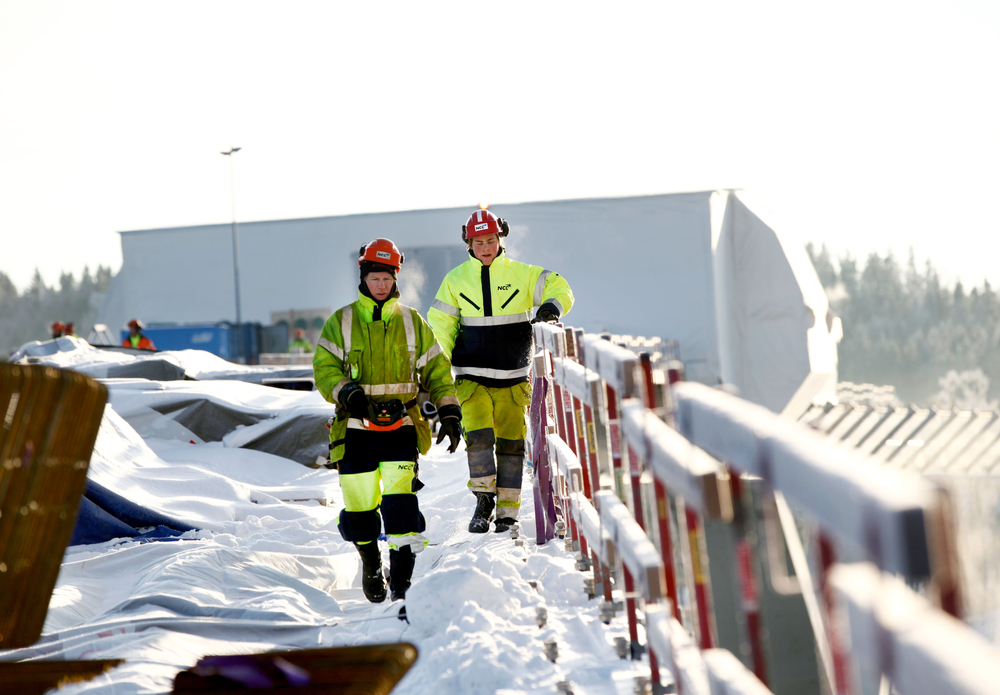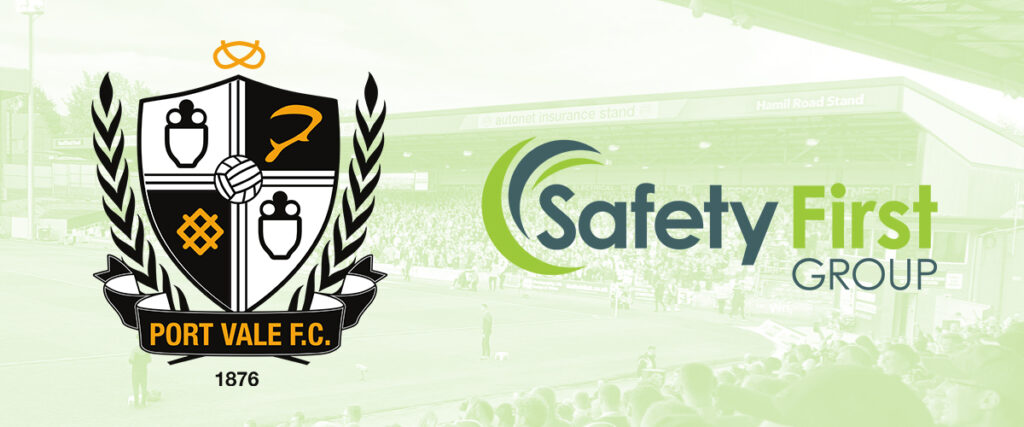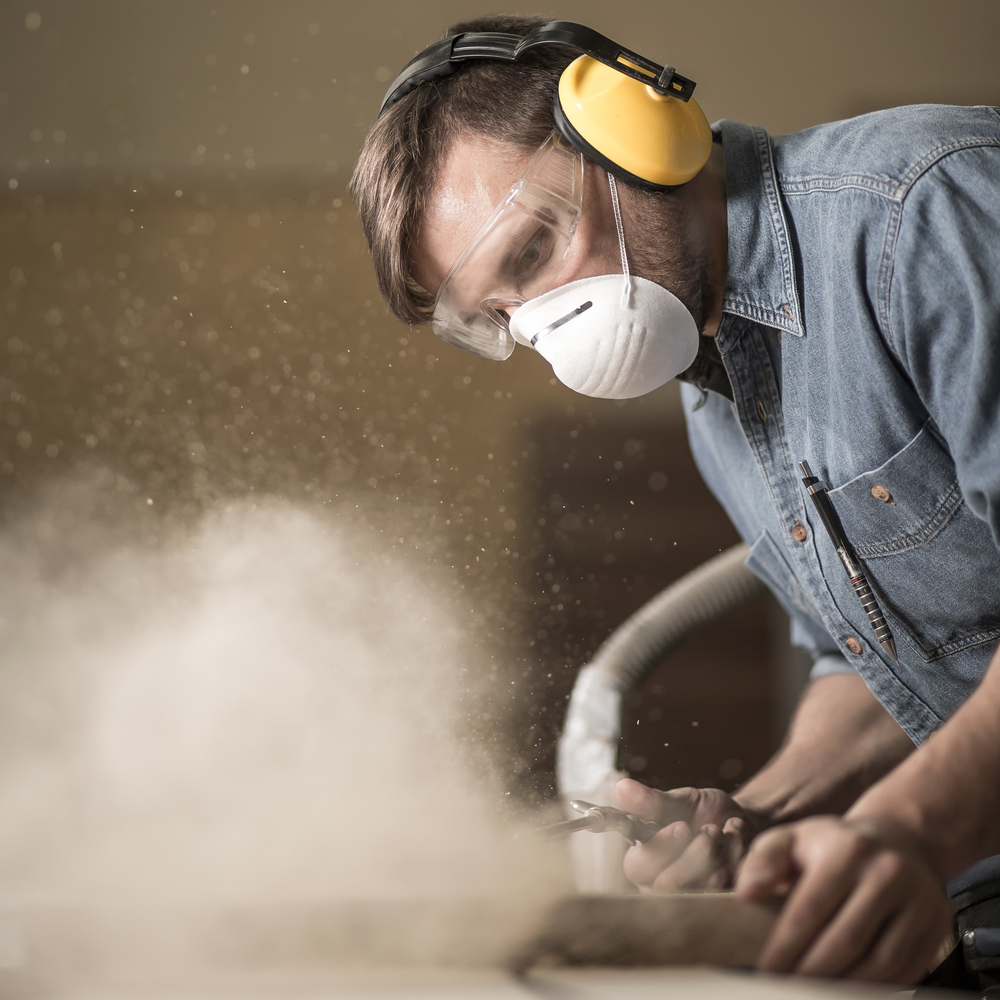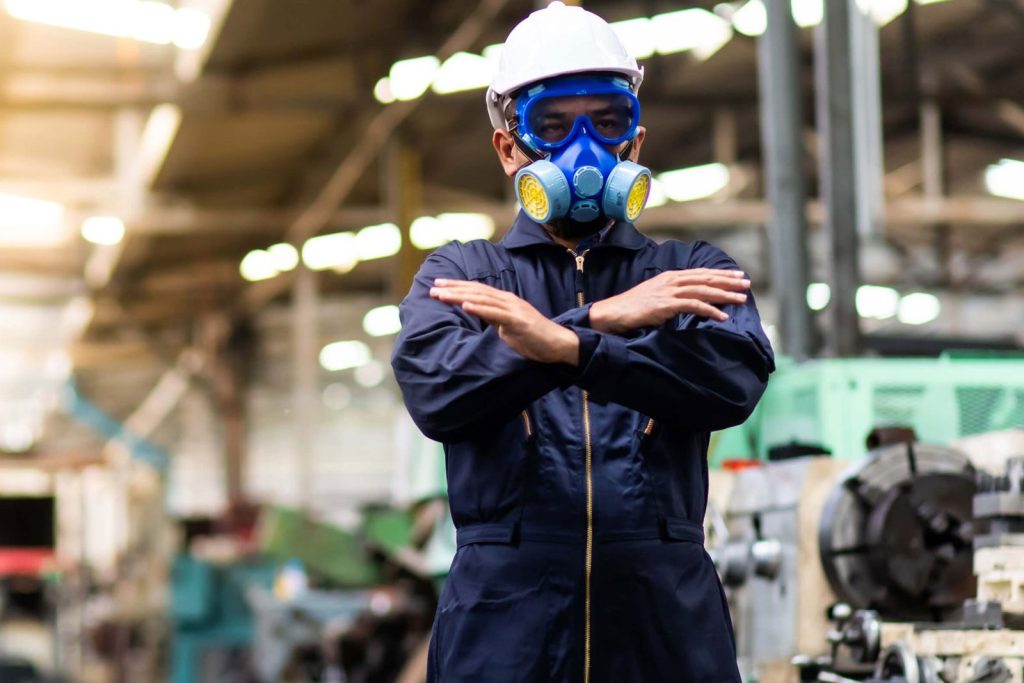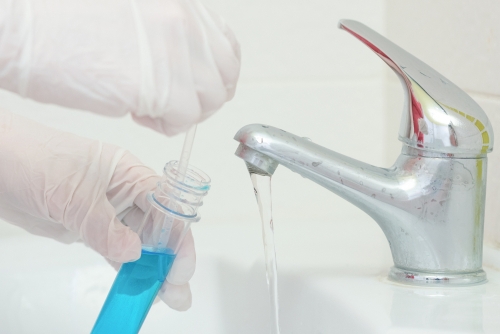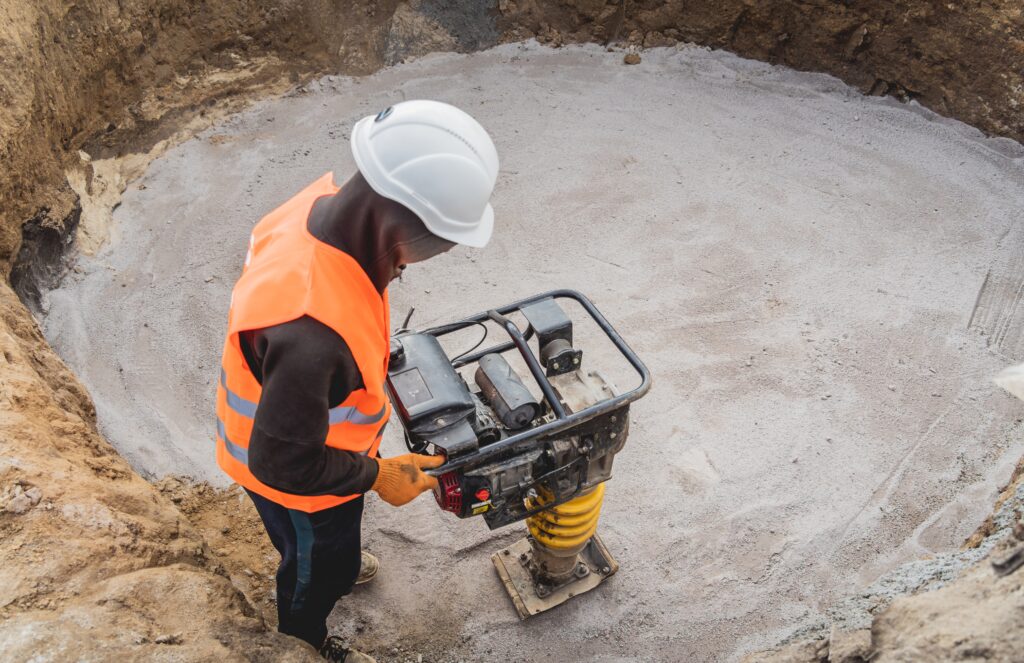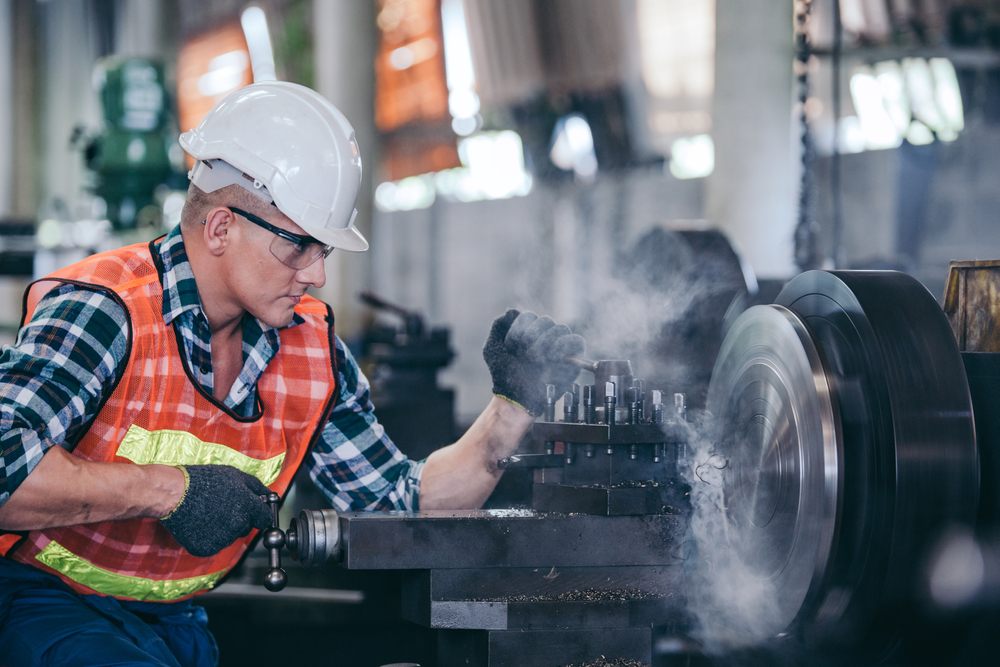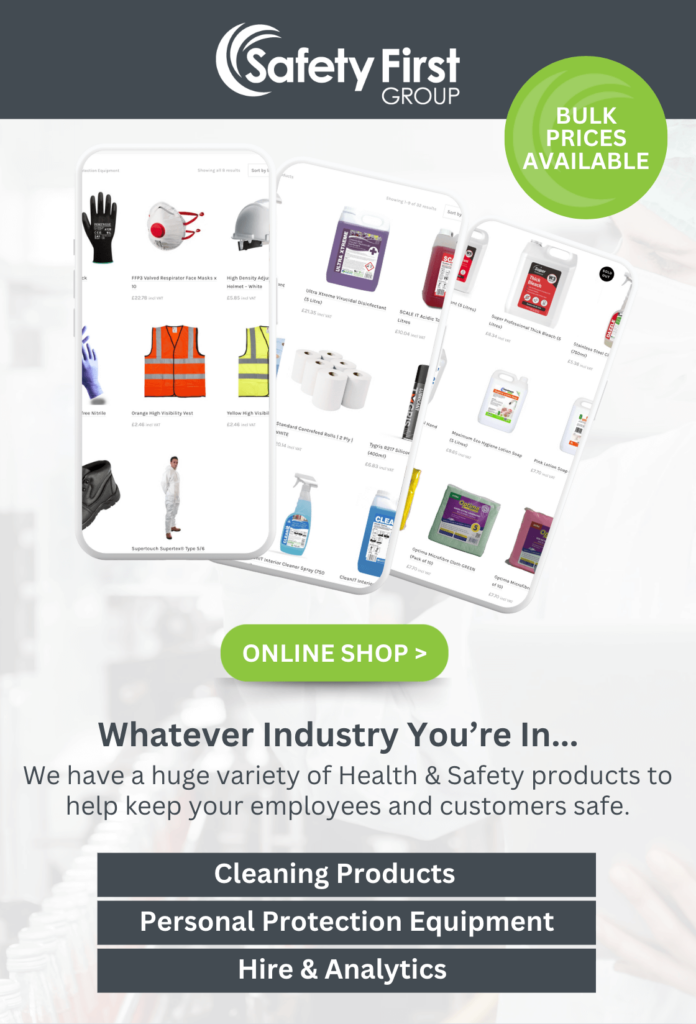UK wood manufacturers face the significant burden of serious respiratory disease amongst their workforce. However, the dangers of wood dust exposure are preventable with regular exposure monitoring and control.
Adopting good exposure monitoring and control helps safeguard employee health. However, do we know how wood dust exposure is being managed long term in high-risk industrial sectors?
The real risk of wood dust exposure
UK wood manufacturers are facing a potential crisis for occupational lung disease. With significant levels of wood dust present in the air, occupational lung disease is a real risk for some of the UK’s workforce.
In a case study by the HSE, they delved deeper into this topic by dispatching occupational hygienists to 22 woodworking companies. Most of the companies visited by the HSE were SMEs within the manufacturing sector. With the focus on cleaning activities, the intention was to assess wood dust exposure and control strategies on the premises.
But where does wood dust come from and why do we need to manage this properly? Put simply, wood dust is a health hazard. Exposure to wood dust can cause asthma, dermatitis and irritation to the eyes, nose and throat. Long term exposure can be responsible for things like nasal cancer and other serious lung diseases.
During construction, tiny particles of wood are released into the air making this easy to be inhaled. We also need to bear in mind that wood dust can also contain bacteria, fungus and moss spores since wood is taken from environments where these are common. However, the type of wood dust really depends on which wood is being processed and which type of machine is being used.
As an example
- Is the timber green or seasoned?
- Are you working with hardwood, softwood or composite boards (chipboard/fibre boards etc)?
- Are you cutting, sanding or shaping wood?
All of these questions relate to the type of cutter or blade that is being used, and how fast it’s going!
Fine dust is the biggest risk to our workforces, as this can be breathed deep into the lungs. With this in mind, depending on the work being performed in order safeguard workers and reduce risk, workers will need a combination of:
- PPE
- Exposure monitoring
- Potentially local exhaust ventilation (LEV)
- Proper cleaning – making sure to clean ledges and other surfaces regularly to prevent dust build up
UK regulations safeguard employees and protect businesses from fines
Wood dust exposure needs careful risk assessment and managed using a variety of different UK occupational regulations. As wood dust is classed as a health hazard, It is covered by COSHH (control of substances hazardous to health) regulations. The COSHH framework sets out the legal requirements of businesses to protect workers from ill health caused by substances at work.
HSE Inspectors will be looking for evidence that you have not only assessed risk, but also added regular measures and controls to manage long term risk of wood dust exposure
Some employees are most at risk of long term health problems relating to wood dust inhalation than others. For example, Research suggests that carpenters are 4 times more likely to get asthma than other construction workers. This is because of the amount of dust they are exposed to every day. So, fitting extraction machines and guards on machinery for effective dust capture would reduce exposure and demonstrate effective risk control to the HSE. This can go a long way in preventing long term damage caused by dust inhalation. However, dust extraction machines don’t filter out all of the dust, so premises need regular occupational exposure monitoring and LEV testing to ensure that wood dust levels are kept to a minimum.
Additionally businesses need to take into consideration that some high-risk employees need long term health surveillance. This extra support can be the difference between catching a health problem early, or too late for intervention leaving businesses vulnerable to court cases and huge fines.
Safety First Group is here to help
It may seem overwhelming to businesses when it comes to UK health and safety regulations, but it’s what we do best!
Experience counts for everything in protecting businesses and safeguarding employees. We help companies manage exposure to an array of hazards in the workplace through our core occupational hygiene services. For more information on any of our services, you can contact us here, or call us on 0845 004 2133 for a no obligation chat.


